Shooters Passive Earplugs to Hearables
Trends
Wayne Staab, PhD (Trends) was one of the first audiologists to work with manufacturers back in the 1970s and has a wealth of both historical and current knowledge. His perspectives are balanced and always well thought out.
Hearing protection for shooters has been available for many years, although active use has increased logarithmically during the past 40 years. In the early ‘50s, a common approach was to take a shell of a spent round and put that into the ear canal to reduce the loud blast (mostly .38 caliber size). I have been told by some that it helped, but much better options emerged in the ‘60s and ‘70s. Passive earplugs, mostly designed for industrial workers, started finding their way to shooters. Most of the early plugs were what is called a “stock” plug, meaning that it was universal in design, and sometimes of different sizes to accommodate different ear canals (Figure 1). Later, and continuing into today, many of the earplugs are custom made, meaning that they are replicas of the person’s ear impressions (Figure 2). And later, a variety of earmuffs made their way to the market to be used for noise reduction (Figure 3). In fact, this writer has used the earmuffs shown in Figure 3 since 1972, with earplugs worn beneath them. The reason for the earplugs is that often muffs do not seal around the eyeglass temples well. I have had to make changes to the damping element inside them a number of times over the years.
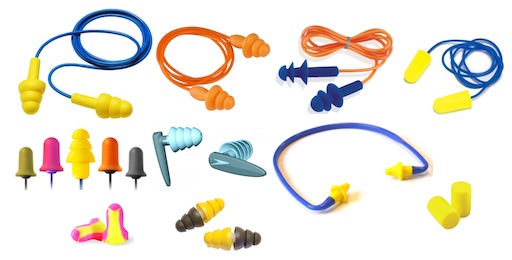
Figure 1. Passive earplugs come in a variety of shapes, colors, and designs. Those shown here are passive earplugs of current design.

Figure 2. Custom earplugs are made from ear impressions for individual users. They are custom in that they are designed to fit just one person. They come in a variety a colours and materials.
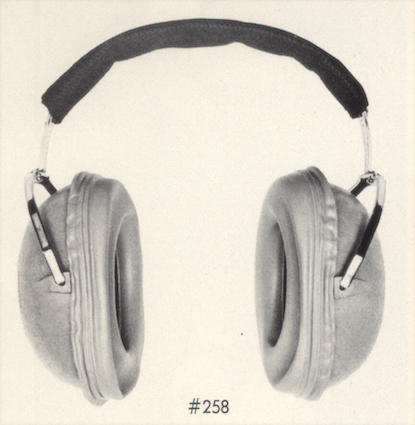
Figure 3. Willson hearing protection Sound Barrier® earcups. Ear muff-type hearing protection is available from many different companies, but are similar in design. They have a band that fits either over or behind the head of the wearer.
Note: This article is not intended to show all the different types of shooters earplugs, nor to discuss the advantages and disadvantages of each, but instead is written to present information about the way, and reasons, why shooters earplugs are changing (trending) to provide more than just protection against loud sounds. Noise Reduction Ratings (NRR), while important, are a subject for a different article.
Ear Protection “Problems” and Directions toward Solutions (Trends)
Hearing protection, regardless of how worn, historically has had a downside – it interferes with the ability to communicate. A variety of products have attempted to circumvent this, one of the first being the Lee Sonic Ear-Valv.
Lee Sonic Ear-Valv
The Lee Sonic Ear-Valv made its appearance in the 1950s (Figure 4). It was advertised to protect hearing from gun blasts, but let’s one hear everything. It was this feature that differentiated it from other earplugs at the time. It was designed to control the amount of sound entering the ear canal, admitting conversational tones, but barring damaging noises.1 The concept is diagrammed in Figure 5.
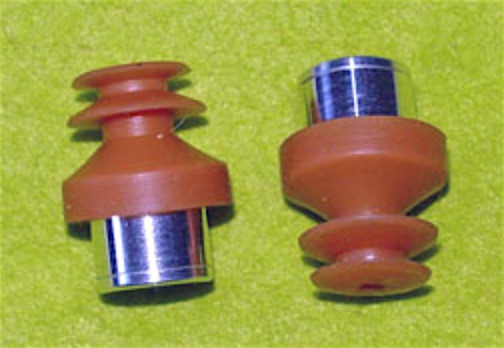
Figure 4. Lee Sonic Ear-Valv. This was one of the first earplugs that attempted to provide for loud sound protection, but still allow for normal conversation to be unattenuated.
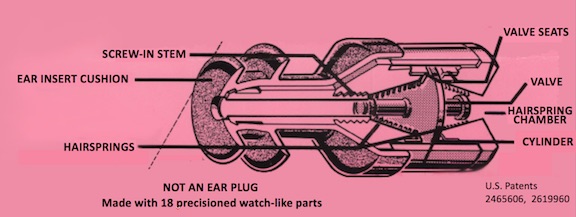
Figure 5. Diagram of the construction of the Lee Sonic Ear Valv. An explanation of the function is found in the text.
Lee Sonic’s explanation for how the device operated is as follows: The inserted portion was a hollow stem set in an ear stopper made of silicon. The cylinder contained the many parts of the mechanism for controlling sound pressure, with the cylinder having a small opening for sound waves to enter. The intensity of sound was controlled by a valve suspended equidistant between two seats by two concentric springs. The valve divided the passage through which sound must pass, so that the sound waves moved the valve back and forth between the seats. The greater the sound pressure, the more the valve was displaced. Because sound waves are alternate, this displacement was in two directions and the movement was cyclic. The amplitude of the valve excursions varied with the sound intensity, the passage being completely open when the valve is in the central position, and completely closed when the valve was pushed against one seat by a sharp concussive noise. Thus, the valve closed the passage to loud and harmful pressure of sound.
The device had one size, and was advertised as “not an ear plug.” They sold for $3.95 per pair.
The Lee Sonic Ear-Valv was controversial with critics stating that any physical “valve” will have mass, and the first sound wave will get past/around the valve before it can close. In other words, the action of the valve cannot be faster than sound. And, because the first wave is the most powerful and causes the most damage, the ear gets almost the same damage it would have obtained with no protection at all. Because subsequent waves are blocked (if the valve actually seals) a person might get the illusion that the plug provided protection.
The “Valve” concept has also found it way into custom-molded products (Figure 6), with essentially the same claims as for the Lee Sonic Ear-Valv, and the same criticisms. The Sonic Valve Shooters Plugs are advertised to protect from the sporadic nature of dangerous noise encountered when shooting, allowing one to hear normally when there is no gun being fired. The passive valves are said to react upon impulse from sound waves and shutdown momentarily when the gun fires, but still allow you to hear normally otherwise.
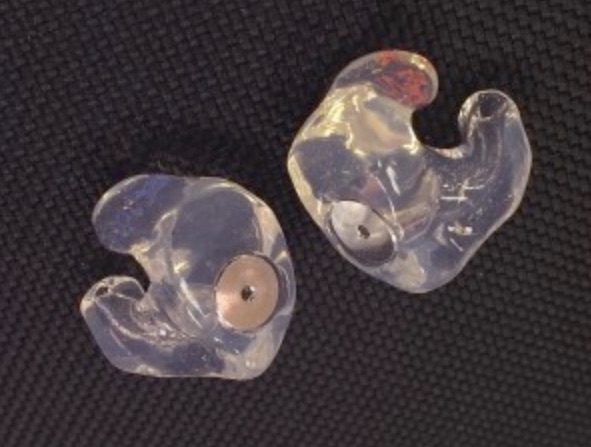
Figure 6. Custom molded plugs with Sonic Valve filters.
Trend to Combine Amplification and Protection
Game Detector
One of the first attempts this writer was aware of to combine hearing and protection using electronics was the Game Detector as shown in Figure 7.2 This might be considered among the first of “shooters hearables.”
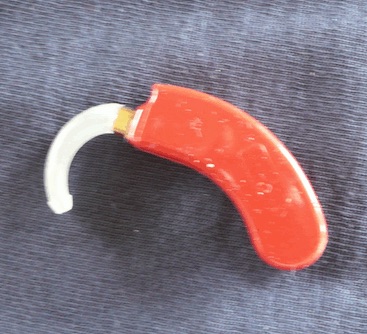
Figure 7. Audiotone Game Detector Hearing Aid/Hearing Protection, 1984).
These were made for the Minnesota Viking head football coach, who was an avid hunter. His problem was that he also could not hear well enough to detect the game, but still wanted hearing protection. The red colour was not a fashion statement, but was intended to help find the units if lost. The units had a saturation output (about 100 dB SPL as I recall, and unusually low in hearing aids at that time) to protect against loud gunshot blasts, and still provided amplification for conversation and enhanced game detection. The unit was designed to be fitted with a closed earmold. Since that time, a number of companies provide amplification devices for hunters that do essentially the same thing.
Amplified Headsets
Electronic shooting ear muffs became the next general trend to combine hearing protection with amplification (Figure 8). The device’s internal amplifier “shuts down” when a loud noise, such as a muzzle blast, strikes the ear muff’s microphone(s) to provide full-rated protection. Aside from such experiences, the user’s hearing is enhanced through a built-in amplifier with a user-adjust volume control on the outside of the ear muff to set the desired amplification level to overcome the attenuation level provided by the device.
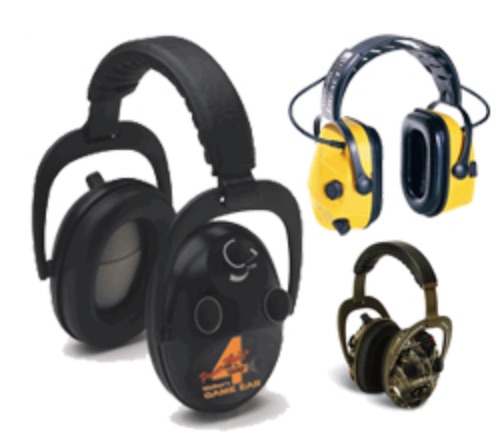
Figure 8. Electronic ear muffs used by shooters. Most feature a user-adjustable volume control, and some have multiple microphones for directional pickup.
Some of the complaints related to amplified ear muffs by shooters are that they are often heavy, bulky, and hot on the head. Additionally, as worn with protective eyewear, some sound may enter around the eyeglass temples. NRR measurements for ear muffs are not made with the person wearing eyeglass protection, so real life situations may never reach the NRR stated attenuation levels. Additionally, Cowboy Action shooters essentially never use them because they interfere with the hats and headgear characteristics of their costumes.
Earplugs Combined with Optimal Hearing
Promoted as ear protection for unexpected blasts, plus optimal hearing enhancement (Figure 9), such devices added a new wrinkle into active earplugs. In addition to natural hearing and blast protection, these devices also provide a boost for faint sounds, borrowing from hearing aid technology. Such devices allow the user to be protected from sudden loud blasts, but still have the capability of following normal conversation using the device’s amplification function, even though the ear is plugged. Two different levels of gain are user selectable via a small switch on the faceplate.
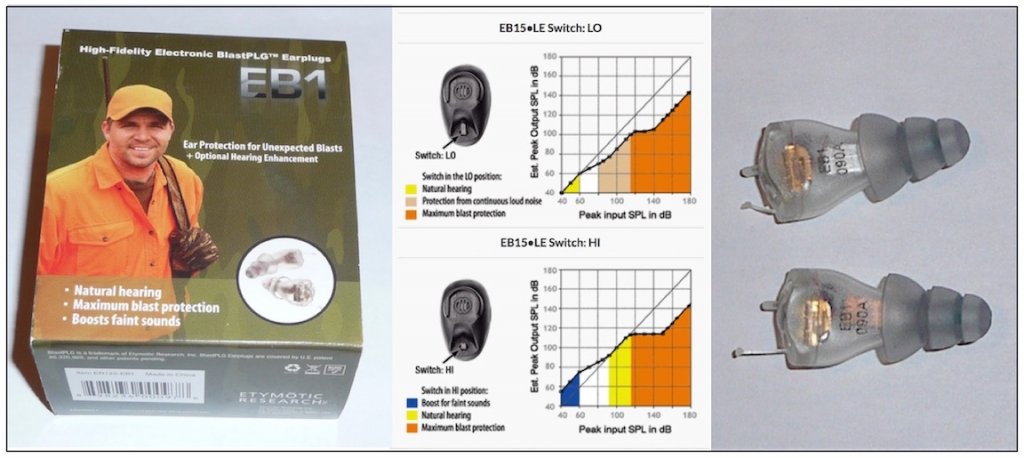
Figure 9. Blast plugs from Etymotic Research. The center shows the input/output performance for a LO gain setting (top centre), and for a HI setting (bottom center). The HI setting shows the enhanced boost (in blue) for soft sounds. The first of the devices, the EB1 is shown on the right. A number of iterations have taken place since this writer used the EB1 devices on shooters at the Purgatory Clay Sports in Utah.
Clik Shooters
Taking the Look and Feel of a Hearing Aid Hearable, the Clik Shooters are the most recent devices tested by the writer (Figure 10). These follow the concept of thin tube hearing aids, but provide two different size sets of 3-flange eartips to provide the earplug effect. Following the hearing aid lead, the units offer five different amplification level settings from which the user can select and program into the device to meet their particular needs. Initial reactions from shooters has been very positive.
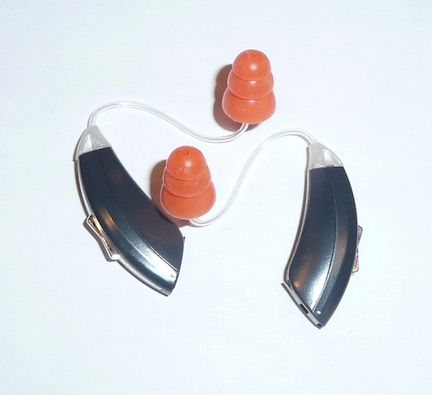
Figure 10. Clik Shooter combined earplug and amplification device. The gain option selected by the user is programmed into the device, and assists in determining the output level at which the earplug function is activated.
Summary
This post was intended to show the trend that has taken place, and especially in the past few years, from regular earplugs for shooters to electronic active devices – devices that provide hearing protection and also the necessary amplification to communicate comfortably without removing the sound attenuation device. With the later in-ear or over-the-ear devices, the user can wear the devices throughout the day without them being obtrusive or bothersome, unlike amplified earmuffs. Shooters like this because many have untreated hearing loss due to previous noise exposure or to advancing age. So, the trend of hearing protection, as a hearable category, extends the population of individuals looking for ways to prevent, and at the same time, help them to communicate.
References
- Barton RT. A device for prophylaxis of acoustic trauma. California Med 1954;80(4)311–13.
- Staab WJ. Some of the old “stuff” described. Hear Health Tech Matters. Available at: http://hearinghealthmatters.org/waynesworld/2012/some-of-the-old-stuff-described/. February 20, 2012.

